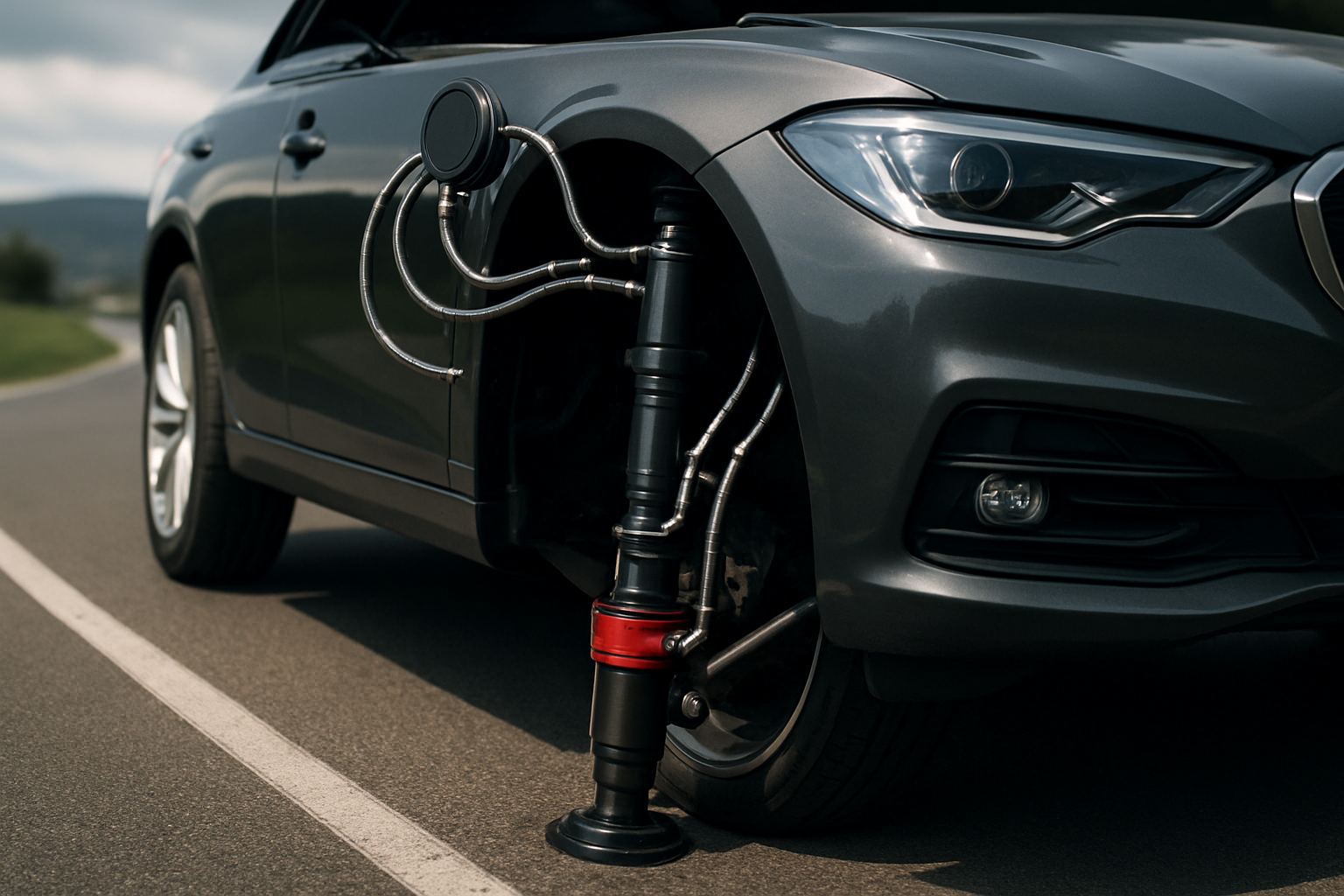Hydraulic Active Body Control: Redefining Ride Comfort and Handling
The automotive world is constantly evolving, with engineers pushing the boundaries of technology to enhance vehicle performance, safety, and comfort. One such innovation that has been quietly revolutionizing the driving experience is Hydraulic Active Body Control (ABC). This advanced suspension system represents a quantum leap in vehicle dynamics, offering a level of ride comfort and handling precision that was once thought impossible.

The Genesis of Hydraulic Active Body Control
Hydraulic Active Body Control traces its roots back to the late 1990s when automotive engineers sought to overcome the limitations of traditional passive suspension systems. Conventional springs and dampers, while effective, always represented a compromise between ride comfort and handling performance. The goal was to create a system that could adapt in real-time to road conditions and driving dynamics, offering the best of both worlds.
The first production implementation of ABC appeared in the Mercedes-Benz CL-Class coupe in 1999, marking a significant milestone in automotive engineering. This system utilized high-pressure hydraulics, sophisticated sensors, and advanced computer controls to actively manage the vehicle’s suspension at each wheel independently.
How Hydraulic ABC Works
At its core, Hydraulic Active Body Control replaces traditional steel springs with hydraulic cylinders at each wheel. These cylinders are connected to a high-pressure hydraulic system, typically operating at pressures around 200 bar. Sensors throughout the vehicle constantly monitor road conditions, vehicle speed, steering input, and body movements.
The system’s brain, a powerful electronic control unit, processes this data in real-time and sends commands to hydraulic valves at each wheel. These valves adjust the pressure in the cylinders, effectively changing the suspension’s stiffness and ride height almost instantaneously. This allows the system to counteract body roll during cornering, dive during braking, and squat during acceleration.
Advantages Over Traditional Suspension Systems
The benefits of Hydraulic Active Body Control are multifaceted and profound. First and foremost, it offers unparalleled ride comfort. By actively adjusting to road imperfections, the system can virtually eliminate the transmission of bumps and vibrations to the vehicle’s occupants. This results in a smooth, almost floating sensation, even on rough surfaces.
Simultaneously, ABC dramatically improves handling characteristics. By minimizing body roll during cornering, the system allows for flatter, more stable turns. This not only enhances driver confidence but also improves overall vehicle dynamics and safety. The ability to maintain optimal tire contact with the road surface in various driving conditions translates to better traction and more precise steering response.
Challenges and Limitations
Despite its numerous advantages, Hydraulic Active Body Control is not without its challenges. The system’s complexity and high-pressure hydraulics make it more expensive to produce and maintain compared to traditional suspension setups. This has largely limited its application to high-end luxury and performance vehicles.
Additionally, the system’s reliance on hydraulics means it requires regular fluid checks and maintenance to ensure optimal performance. There’s also a slight weight penalty associated with the hydraulic components, which can impact fuel efficiency to a small degree.
The Future of Hydraulic ABC
As automotive technology continues to advance, Hydraulic Active Body Control is evolving as well. Engineers are working on integrating ABC with other vehicle systems, such as advanced driver assistance features, to further enhance safety and performance. For example, by combining ABC with forward-looking cameras and radar, vehicles could preemptively adjust their suspension to upcoming road conditions.
There’s also ongoing research into more energy-efficient versions of the system, potentially expanding its application to a broader range of vehicles. Some manufacturers are exploring the integration of regenerative technologies to capture and reuse energy typically lost in the suspension system.
Impact on Driving Experience and Vehicle Design
The implementation of Hydraulic Active Body Control has far-reaching implications for vehicle design and the overall driving experience. By providing superior body control, ABC allows automotive designers more freedom in terms of vehicle aesthetics. Cars can be designed with a lower center of gravity or more aggressive styling without compromising ride comfort.
For drivers, the system transforms the act of driving itself. The enhanced stability and control allow for more confident handling in various conditions, from spirited drives on twisty roads to comfortable cruising on long highway stretches. This versatility makes ABC-equipped vehicles true all-rounders, capable of adapting to different driving styles and preferences with the push of a button.
In conclusion, Hydraulic Active Body Control represents a significant leap forward in automotive suspension technology. By actively managing vehicle dynamics in real-time, it offers a level of ride comfort and handling precision that was once the stuff of automotive dreams. As the technology continues to evolve and potentially become more accessible, it promises to redefine our expectations of what a car can do, blurring the lines between luxury, sport, and comfort in exciting new ways.





